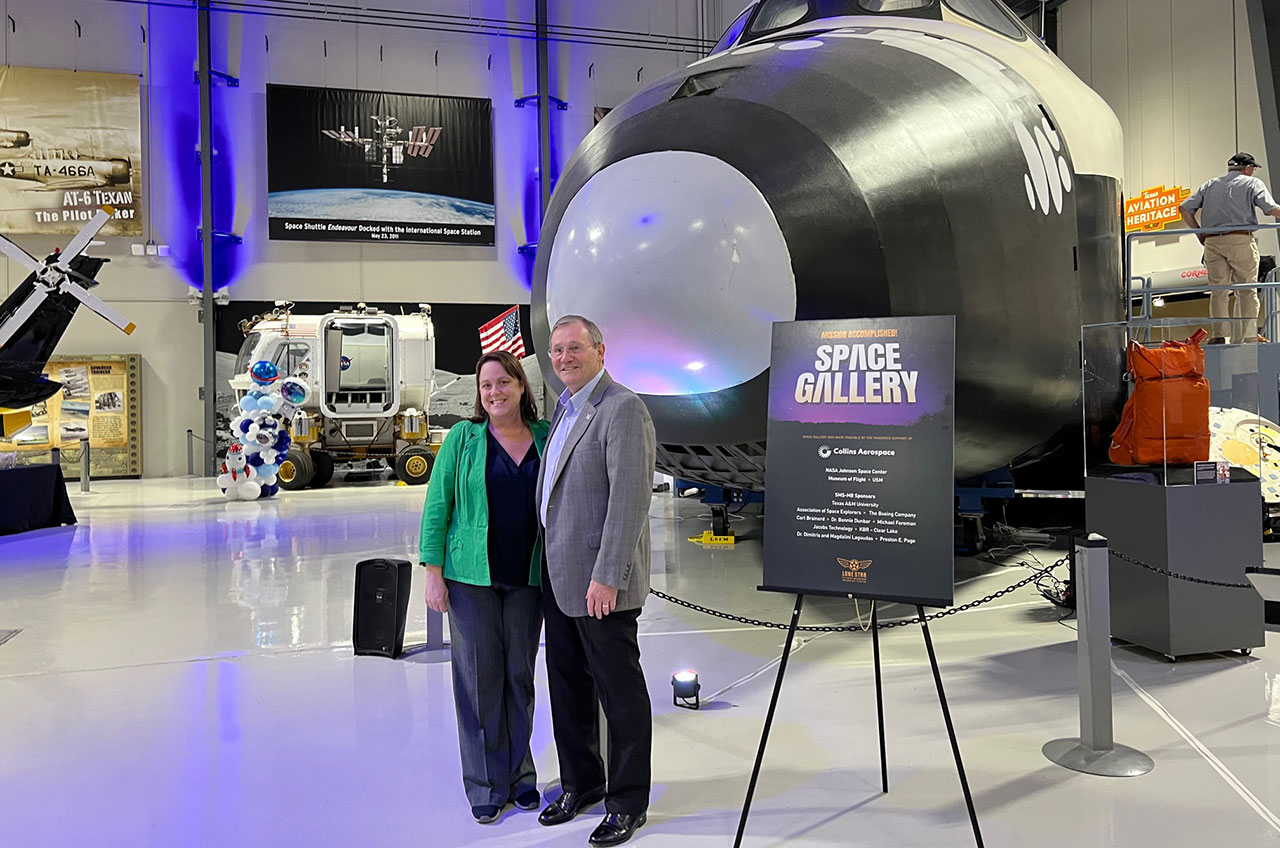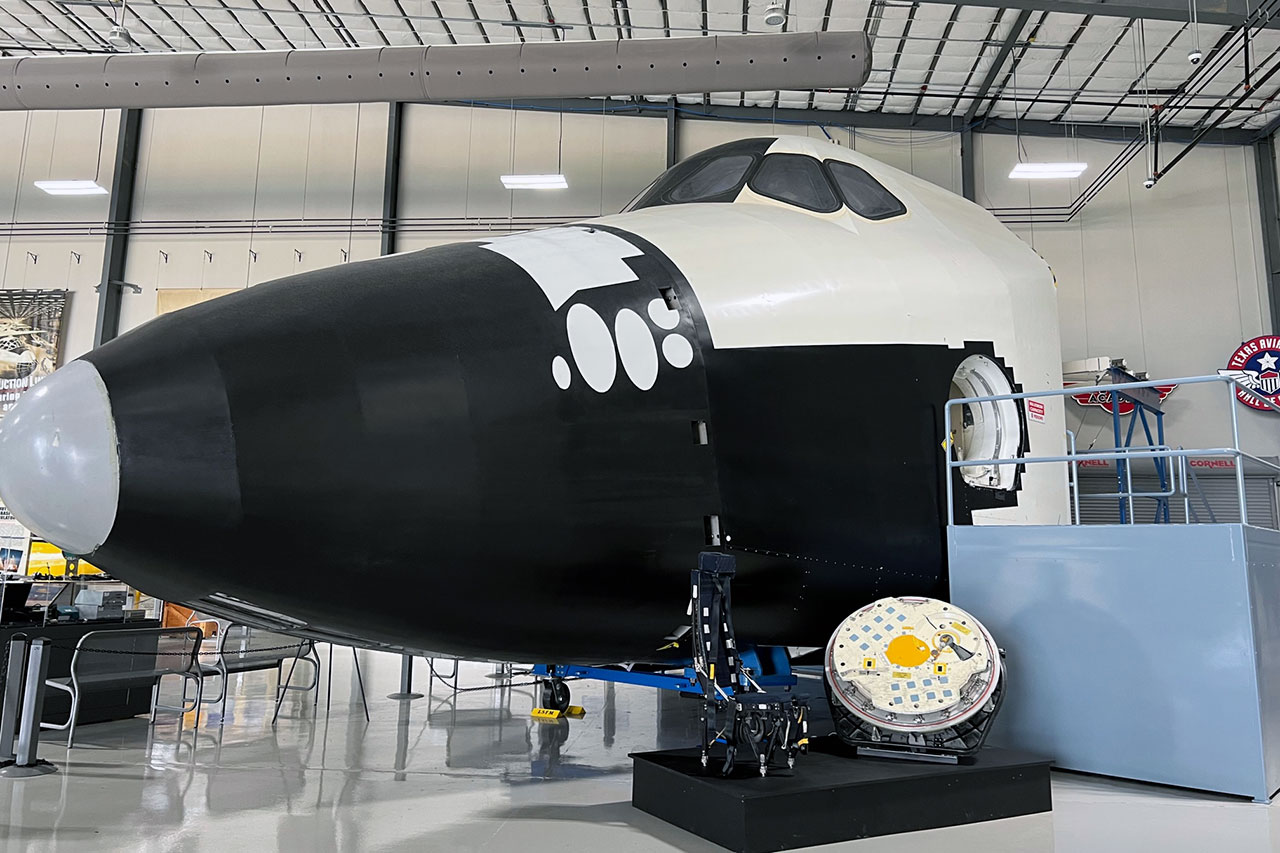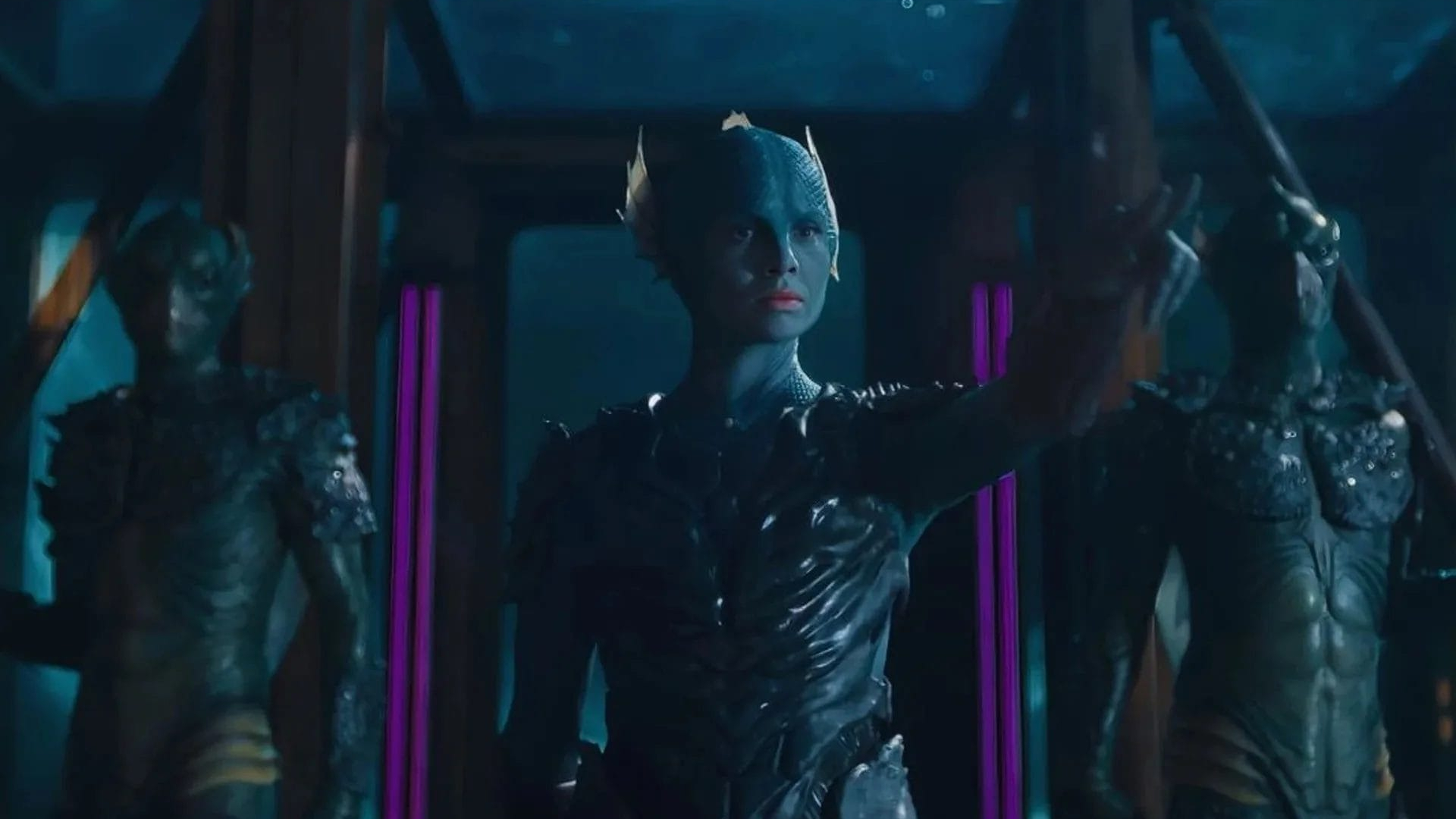Shuttle simulators and astronaut artifacts featured in new Lone Star 'Space Gallery'
'What we've tried to do with this new Space Gallery is to make that connection between aviation and space.'

A museum dedicated to the history of Texas aviation now has a "space" devoted to flight even higher than the state's skies.
The Lone Star Flight Museum in Houston opened its Space Gallery to the public on Friday (April 14), bringing together its collection of space shuttle simulators and astronaut artifacts into one exhibition. The permanent display, which has taken over a corner of the museum's Heritage Hangar, has also inspired an expanded approach to the museum's aviation content to now include tracing the evolution of aviation to aerospace.
"As an aviation museum, it is easy for us to focus strictly on the fixed wing, rotary side of the house, but the truth is, to get to space, you have to fly through the atmosphere, and the journey to space was made on the wings of airplanes and intrepid aviators that helped pioneer the way," Doug Owens, president and CEO at the Lone Star Flight Museum, said in an interview with collectSPACE.com.
"So what we've tried to do with this new Space Gallery is to make that connection between aviation and space and to do it in a way that acknowledges the significant role that Johnson Space Center and astronaut training makes that possible," said Owens.
Related: NASA's space shuttles: Where are they now?
The gallery features two of NASA's now-retired simulators and training mockups that were used by astronauts to prepare for flights on the winged space shuttle orbiters. The museum received the Space Shuttle Motion Base Simulator (SMS-MB) from Texas A&M University in April 2022 and the second of NASA's two Crew Compartment Trainers (CCT-2) from Johnson Space Center seven months later.
A new viewing platform allows visitors to look into the middeck of CCT-2, as well as its external airlock through which crew members practiced entering and exiting the shuttle for spacewalks. The exhibit also has three new touchscreen displays that take visitors through the anatomy of the shuttle, a virtual tour inside the CCT-2 middeck and flight deck and a history of the 135 space shuttle missions.
Breaking space news, the latest updates on rocket launches, skywatching events and more!
"One of the other things that we did was to remove the maintenance access panel off the rear of the CCT to give a better view of the middeck. We also removed the crew access hatch and displayed it separately, down below the CCT. We removed the hatch so people could look in from the side of the cabin as well," said Owens.

In addition to the two shuttle training devices, the Space Gallery also includes an early version of what NASA refers to today as the Multi-Mission Space Exploration Vehicle, a prototype rover used on analog missions to develop the tools needed for future moon and Mars missions, and Centaur, a humanoid robot developed to work alongside astronauts in space and on planetary missions.
Smaller artifacts are exhibited in display cases positioned around the simulators and rover, including medical kits, tools, an astronaut's sleeping bag and items that detail what life in space is like for a crew member. The cases also hold personal items from several retired NASA astronauts, including Mike Foreman, a twice-flown space shuttle mission specialist who today is the mayor of the nearby city of Friendswood, and the late Gene Cernan, a Gemini and Apollo astronaut who was the last (or most recent) person to walk on the moon.

The Space Gallery, which is presented with the support of Collins Aerospace, The Museum of Flight in Seattle, the Association of Space Explorers and Boeing, among other donors, highlights the Lone Star Flight Museum's location at Ellington Airport, home to NASA's flight operations.
"We're telling a story that is very close to home, because it is home," said Owens. "This is our story, and we want to emphasize that part with what we are doing with this gallery."
See more photos from the new Space Gallery at the Lone Star Flight Museum at collectSPACE.com.
Follow collectSPACE.com on Facebook and on Twitter at @collectSPACE. Copyright 2023 collectSPACE.com. All rights reserved.

Robert Pearlman is a space historian, journalist and the founder and editor of collectSPACE.com, a daily news publication and community devoted to space history with a particular focus on how and where space exploration intersects with pop culture. Pearlman is also a contributing writer for Space.com and co-author of "Space Stations: The Art, Science, and Reality of Working in Space” published by Smithsonian Books in 2018.
In 2009, he was inducted into the U.S. Space Camp Hall of Fame in Huntsville, Alabama. In 2021, he was honored by the American Astronautical Society with the Ordway Award for Sustained Excellence in Spaceflight History. In 2023, the National Space Club Florida Committee recognized Pearlman with the Kolcum News and Communications Award for excellence in telling the space story along the Space Coast and throughout the world.


